Price: $40.62
(as of Jul 06, 2024 23:56:02 UTC – Details)
As the number of gourmet home kitchens burgeons, so…
Customers say
Customers find the book very practical and easy to follow for simple everyday cooking knife skills. They also appreciate the clear, well-presented pictures and instructive format. Readers say the book is great for serious home cooks and the included DVD is excellent.
AI-generated from the text of customer reviews



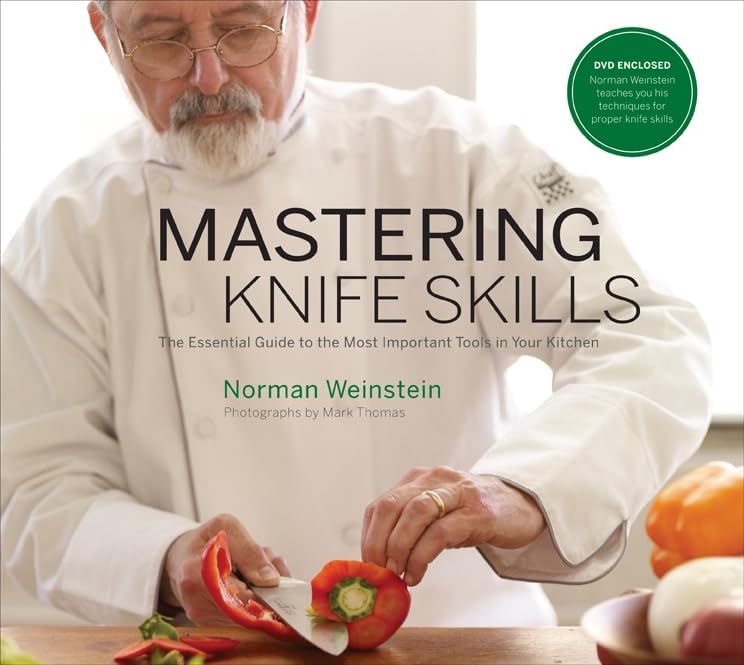
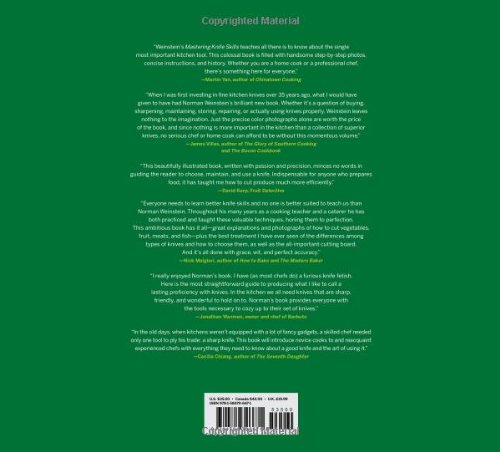
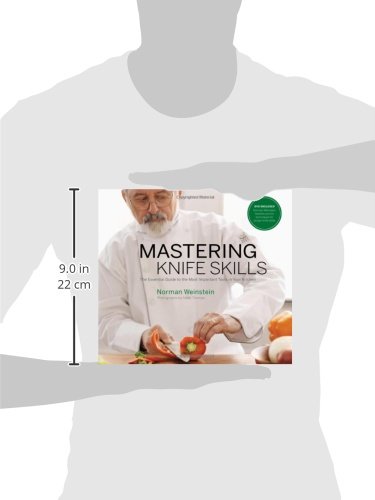

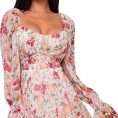
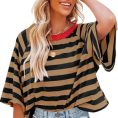
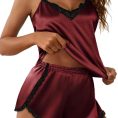









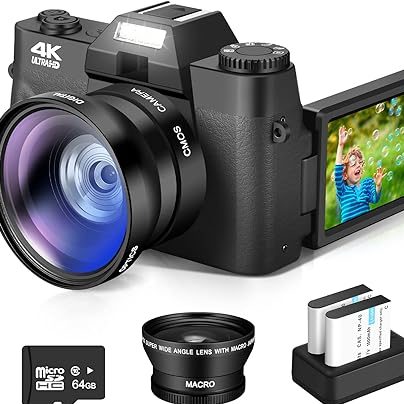
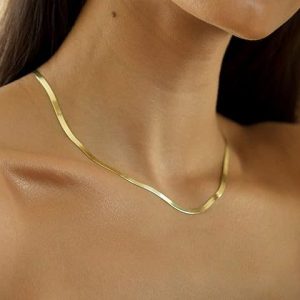
K. ONEILL –
Outstanding for home chef’s
I highly recommend this book. I also purchased “Japanese Kitchen Knives: Essential Techniques and Recipes” in the hopes I would learn more on technique. Although “Japanese Kitchen Knives” was interesting it was short on technique and long on recipes and, being a vegetarian, it was not anywhere near as helpful as “Mastering Knife Skills”. Chef Weinstein selects several vegetables to illustrate “knife skills” and these are just what I was interested in. I bought several handmade Japanese knives due to their really sharp edges. My first knife was a gift, a Kyocera Santoku ceramica which I fell in love with until it became dull and the only option was to send it off to be sharpened. My next two knives were Shun’s, a Kershaw Shun Usuba, which I still love and use a lot and even with the admonition that it was “extremely sharp and use due care” I cut myself three times before I developed any skill (it’s really, really, really sickeningly sharp and the handmade knives are even sharper). My third knife was a Chroma Damascus Santoku which I paid too much for, there being many Santoku’s on the market in the same price range that are much better. That said, I wish I would have had Chef Weinsteins book in hand before I purchased ANYTHING. I shied away from a 10″ Chef’s knife as I thought it was too big and too heavy. I have to admit that after purchasing the Shun Usuba($120), a Seikon Dojo Usuba(handmade, $244), an Asai PM Damascus 7 1/8″ Gyuto ($356) and a 6″ Petit Kazuyki Tanaka handmade ($320, god I love this knife, beautiful and cuts anything like butter), for just over a thousand dollars (ok, I really like them all, I mean really) I still wish I would have bought this book before I bought my first knife. Well, after I purchased this book I bought a Messermiester Meridian Elite 9″ Chef’s knife (a mere $120) and was astounded by how often I use this knife and how easy it is to use. Just a point here, I’m very careful now with my knives after my experiences with the Japanese knives and while showing this knife to my wife, you guessed it (see honey…ooops), I sliced an extremely thin piece of flesh off my right thumb, so thin it did not draw blood nor was it painful either when I cut it or later. I bought the 9″ because I was still under the misconception that 10″ was too big and after finding how easy the 9″ was to handle I’m thinking the 10″ would be even better. Oh, by the way, I’m 5’7″ with what you might call fairly small hands and I’m in love with the Messermeister’s. Chef Weinstein likes the J.A. Henckel knives but since he stated that he wished all manufacturers polished the spine like the Messermeister’s that’s what I bought. Chef Weinstein, admittedly biased against Japanese knives, has made this home Chef a believer in German and French Chef’s knives, not that I don’t love my Japanese cooking razorblades, I do, but I’m now convinced I could have purchased the ultimate Knife wardrobe for the kind of money I spent on just three good Japanese knives. Oh, I also forked over mucho dinero on the right stones for sharpening the Japanese knives, something I do not regret at all, consequently all of my knives can be used to shave with and I have to agree with Chef Weinstein that slicing correctly adds to the flavor of vegetables. I think this is a must for your first knife book and I haven’t even watched the video yet! Great book, you’ll just love it. For vegetarians it’s a must first book…
Harvey Bordowitz –
The only knife book you will ever need
“Mastering Knife Skills” by chef Norman Weinstein is a marvel of a book – visually attractive, overflowing with facts both historical and culinary, the ultimate guide to the choosing of knives, their care and upkeep, and their optimal use.This book fills a real gap in the field of cook-bookery. I, a serious amateur cook, have been cooking for over forty years now, and yet, in forty years of watching television cooking shows and reading cookbooks (of which I own some thirty), I have never before seen any teacher or TV chef relate – really relate in any serious and systematic, way – to this most important of all our cooking tools, at least not until the present illuminating book.One could be forgiven for expecting such a book to offer mere dry factual knowledge on the subject, but in fact it is excitingly written and lavishly illustrated, and Weinstein’s style has a flow and a sweep that pull the reader along from page to page, like a good detective novel, from slicing through dicing, to mincing to filleting to fabricating – yes, fabricating – a chicken. The accompanying DVD, furthermore, is graphic and extremely well presented.I have seen Norman Weinstein in the classroom. He is an inspiring teacher, who wears his prodigious erudition lightly, and enlivens his classes with a quick and warm sense of humor. That same encyclopedic knowledge, sympathy and warmth come across in his book as well.And one last note: following Weinstein’s instructions I sat down for an hour with a sharpening stone and sharpened all my knives to an edge the like of which I have not ever gotten from the “professionals”.While this may not be the only cookbook you will ever want, it certainly is the only knife book you will ever need.Harvey B.
D. Tsze –
Extremely well illustrated, comfortable pace and layout, great for beginners
This is written from the perspective of someone who has only really started to cook beyond the means of frying eggs and microwaving whatever I could get my hands on over the past year, and realizing how important knife skills are in really becoming an effective cook.For someone who is relatively new to the kitchen, and beginning to work more with an increasing variety of produce, this book is an excellent start.For starters, the photographs are top notch. Not only are they in beautiful colour and spaciously laid out, but the appropriate (and necessary) steps are photographed, which is not always the case.Even when describing multiple cutting techniques for one single product (e.g. onions, tomatoes), every technique is comfortably laid out over a series of pages, rather than rushed into a more cramped, difficult to read format over fewer pages.The video is well produced, and although I wish I could have seen EVERY technique demonstrated, I understand why it would have been impossible to do so. Techniques I have found myself using frequently are the ones he demonstrates. The two I also found most useful are the video on fabricating chicken (no matter how many pictures I look at from a large number of different books, there is no substitute for seeing someone actually doing it), and carving a chicken (which is not described in his book).As you can tell, if all of these techniques sound like “Mickey Mouse” endeavours to you, then this book is certainly NOT for you. But if the simple task of carving up a chicken and properly dicing an onion has always eluded you, then this book will not only teach you that in magnificent fashion, but so many other skills you didn’t know you needed but definitely will.I compared this book to two others, but picked this one for the following reasons:- Knife Skills Illustrated: A User’s Manual (Hertzmann) – I just enjoyed the photographs and simpler, more concise and comfortable layout better in Weinstein’s book.- Knife Skills: In the Kitchen (Trotter) – lots of big names attached to this book, the pictures are stellar, and the smaller size of the book actually was more appealing to me, as the Weinstein book is a bit on the large side, especially once you open it up and want to lay it down on the kitchen counter as you work. However, Weinstein is a professional instructor, and I found that his ability to teach (which is what you want out of this book, not the ability to concoct earth shattering recipes – which this leads to, hopefully!) really shines.Plus, the Trotter book did not break down each product into its own section in as much detail, and the smaller format, although appearing easier to handle, did not allow for the more spacious, comfortable, and easier to read layout (especially when you have it on the table while you are working!) that the Weinstein book afforded.Content wise, both are comparable. Both have a few techniques which the other does not cover, but Weinstein does a better job teaching the ESSENTIAL techniques which you know you will absolutely be using on a regular basis.
kittenje –
Everything you ever needed to know about knife handling and kitchen skills.This book walks you through how to hold and handle knives properly, as well as outlines the proper cutting methods of common items. It also includes a section on the proper upkeep and sharpening of knives, as well as selecting knives.The photographs are excellent with step-by-step directions throughout. Well written and well illustrated.Having a good set of well kept knives, and knowing how to use them makes cooking so much more enjoyable, and easier!
Jack Metcalfe –
… make working with, sharpening and even buying good knives fun!Not only for cooks getting started, but also somme good and useful advice for “advanced hobby cooks” as I count myself. Without a lot of cutting no one will be chopping like a learned chef, but you will know, how to hold the knifa as well as what you are dicing, chopping, boning etc.Definite thumbs up!
A reviewer from London –
I felt I needed to improve my knifes skills after being inspired by some TV dramas set in kitchens., particularly vegetables and looked at reviews on the US site where I cam across this book.I had to wait a really long time – maybe six weeks – before I received the book but it was well worth itThe book also included a DVD of the exercises and really covers the techniques,very well, but also includes how to select knives.He points out you can do all you cutting with just three knives, including the chef’s knife and the sets you buy often do not include the knives you want. (He is not however a fan of Japanese knives, preferring German).By intensively practicing the vegetable skills I am really proud of my abilities in these area. I don’t really cut meat or fish so cannot really comment on them.Before buying the book I toyed with going on the Leiths Vegetable cutting skills, but that is £100+ for a 2 hour class.Definitely recommend this book.
Kirk McElhearn –
This is an essential book for anyone who wants to improve their cooking skills. Knife skills are often ignored, but learning to use your knives makes preparing food much quicker. This book covers all types of cutting, and includes a DVD that demonstrates the various skills. This has made a huge difference in the way I cook. (Oh, and buy some good knives if you don’t already have them.)
Xerocomus –
Nun, das Buch ist in Englisch und eher für blutige Küchenanfänger. Jeder der bereits mal ein Ken Hom (Chinesisch Kochen) in der Hand gehabt hat ist, ist um einiges Schneller am Ziel, da man ja nur die Technik braucht und die Schnittarten. Schneiden lernen kann man leider nicht vom Lesen sondern nur vom Ãben. Für mich persönlich ist das Buch etwas “aufgeblasen” mit “NoNaNed”-Wissen.